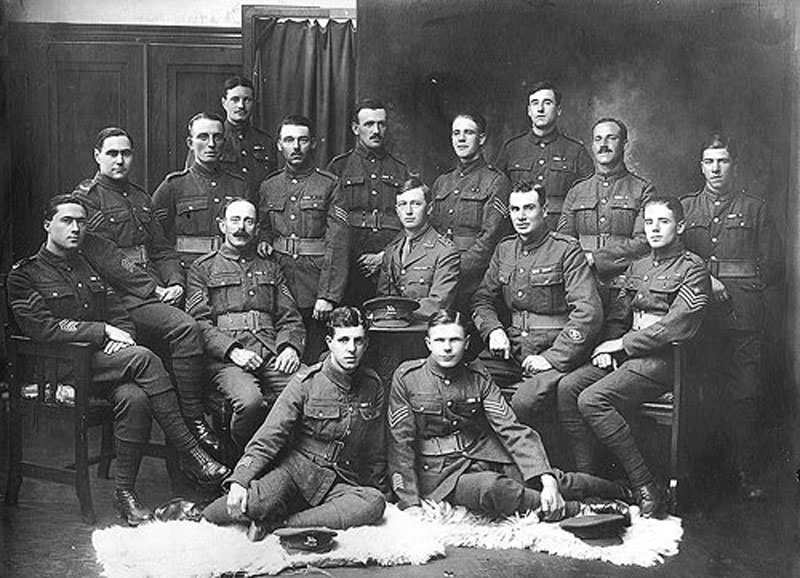The Queen's Royal Surrey Regiment
Militia, Volunteers and Territorials
Between the Wars
 |
| 7th (Southwark) Battalion HRH The Duke of Gloucester inspecting the guard of Honour at the opening of the new HQ, Tuesday 8th June 1937. (Click to enlarge) |
After the cessation of hostilities the nation took time to draw breath and consider its future Army policies and strategies. The Territorial Force was re-organised in 1920 and in 1921 its title was changed to Territorial Army.
Mechanisation was making its presence felt and most affected among the Territorials were the Yeomanry Regiments. At the end of the war there had been 56 of them. Under the new organisation three were disbanded and of the remaining 53 only the senior 14 were allowed to keep their horses. Of the others many were converted to different roles such as artillery or reconnaissance units. In the financially depressed post war years the Territorial Army, like the Regulars, were poorly equipped and manoeuvres and training were often based more on imagination and ingenuity than on fact. Incredibly, in 1920 the fourteen horsed Yeomanry Regiments were re-issued with swords, a weapon which had been officially discarded as long ago as 1904. In 1926 all parades had to be cancelled during the General Strike to avoid any suggestion that the Territorial Army was being used in aid of the civil power. But by 1935 the aggressive intentions of Germany were becoming increasingly apparent and belated efforts were made to re-equip and improve the standards of Britain’s armed forces. A priority consideration, particularly in the light of known experiences in the Spanish Civil War, was the matter of anti-aircraft defence. Bearing in mind that Home Defence, particularly as regards coastal artillery, had long been a role of auxiliary forces it is not surprising that anti-aircraft measures largely fell into the same sphere of activities. An anti-aircraft organisation was formed with personnel coming mainly from infantry units who consequently had to change their roles. Those with guns became Royal Artillery while searchlight detachments became Royal Engineers.
 |
| 1/4th Bn The Queen's
4th Anniversary of Suvla Bay Landing, Cologne August 8th 1919.. (Click to enlarge) |
The Munich crisis of 1938 accelerated reforms and gave an added impetus to recruiting. With added manpower three more anti-aircraft divisions had been formed by the spring of 1939 and by April of that year the Territorial establishment had been doubled. As well as anti-aircraft there was obviously going to be a need for an anti-tank role for the Army in any future war. Versatile as ever, some Territorial units were hastily converted for this task. As well as defensive armoured warfare there would also have to be an aggressive need and to this end some of the Yeomanry Regiments converted to armoured units-swords no doubt being finally discarded. Another change, not welcomed by all, was that khaki service dress gave way to the new practical (but “boiler suit” appearance) battle dress. Puttees, which had wound round so many soldierly legs over the years were replaced by short buckled anklets.
With the outbreak of war there was no need to ask for volunteers for overseas service as in the previous conflict. The Armed Forces Act, swiftly passed, embodied the Territorials into the Army as a whole, an Army in which they were to play a valiant and distinctive part in the years ahead.
|
|
|
|
| Guard of Honour at the opening of the new Drill Hall Woking, by HRH The Duke of
Connaught 1932 (Click to enlarge) |
||
Related


